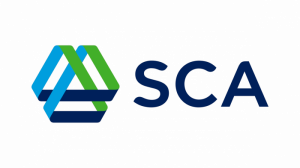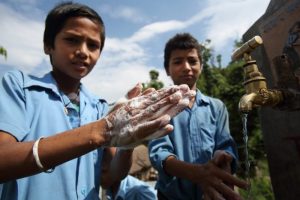Primary Functions
- WHO/UNICEF JMP is the custodian of global data on drinking water, sanitation and hygiene (WASH). The JMP has been monitoring global progress since 1990 and is responsible for reporting on Sustainable Development Goal (SDG) targets and indicators related to WASH.
Detailed Description
Since 2010, when the United Nation General Assembly explicitly recognized the human right to safe drinking water and sanitation and the Human Rights Council reaffirmed this recognition, the United Nations Special Rapporteur on the human right to safe drinking water and sanitation has received repeated requests to provide guidance from States (both national and local), service providers, regulators and others, to clarify what this human right would imply for their work and activities.
In response, the WHO/UNICEF Joint Monitoring Programme for Water Supply and Sanitation (JMP) was created. Since 1990, the JMP Global WASH dataset reports country, regional and global estimates of progress on drinking water, sanitation and hygiene (WASH). The JMP Global WASH database has become the leading source of comparable estimates of progress at national, regional and global levels. The 2015 update marked the end of the Millennium Development Goal period and the 2017 update established baseline estimates for monitoring the new Sustainable Development Goal (SDG) targets. To mark the inclusion of hygiene in global monitoring of the SDGs, the JMP in 2017 updated its full name to the WHO/UNICEF Joint Monitoring Programme for Water Supply, Sanitation, and Hygiene.
The JMP Global WASH database contains monitoring data for the following SDGs:
- 6.1 By 2030, to achieve universal and equitable access to safe and affordable drinking water for all
- 6.2 By 2030, achieve access to adequate and equitable sanitation and hygiene for all and end open defecation, paying special attention to the needs of women and girls and those in vulnerable situations
These targets are measured with three indicators:
- 6.1.1 Proportion of the population using safely managed drinking water services
- 6.2.1a Proportion of population using safely managed sanitation services,
- 6.2.1b Proportion of population with handwashing facilities with soap and water at home
In addition, the JMP Global WASH database contributes data that are used in the calculation of indicators in other goals, including:
- 1.4 Proportion of population living in households with access to basic services
- 3.9.2 Mortality rate attributed to unsafe water, unsafe sanitation and lack of hygiene
- 4.a.1 Proportion of schools with access to: […] (e) basic drinking water; (f) single-sex basic sanitation facilities; and (g) basic handwashing facilities





